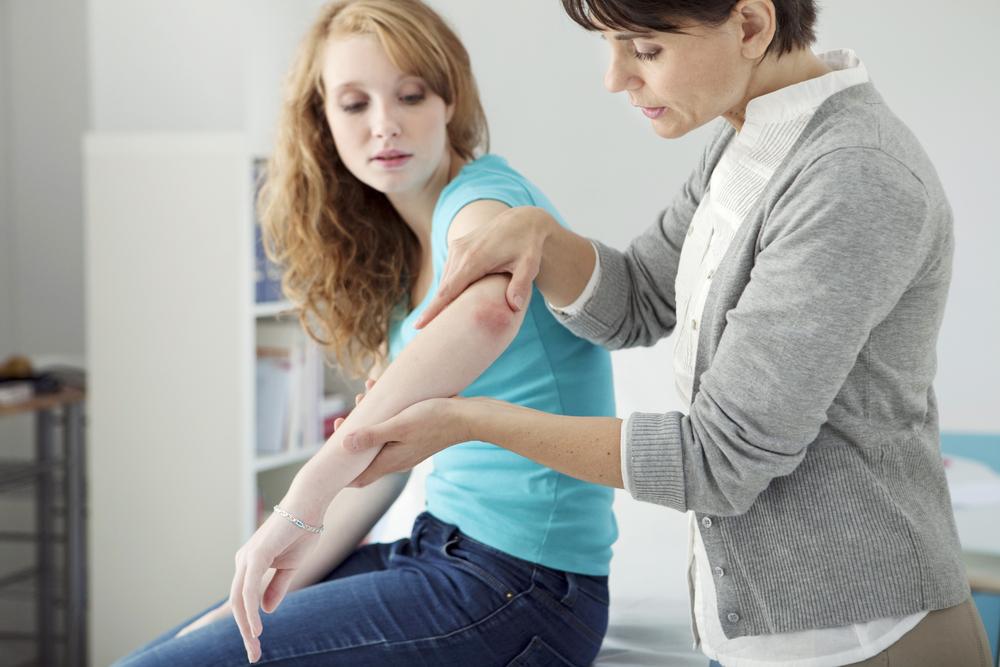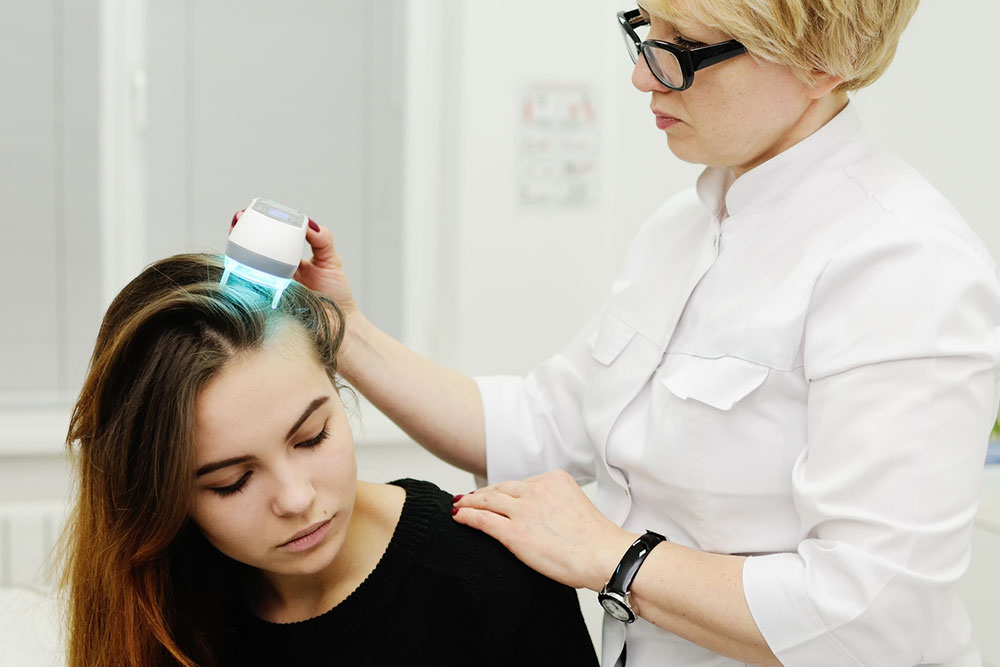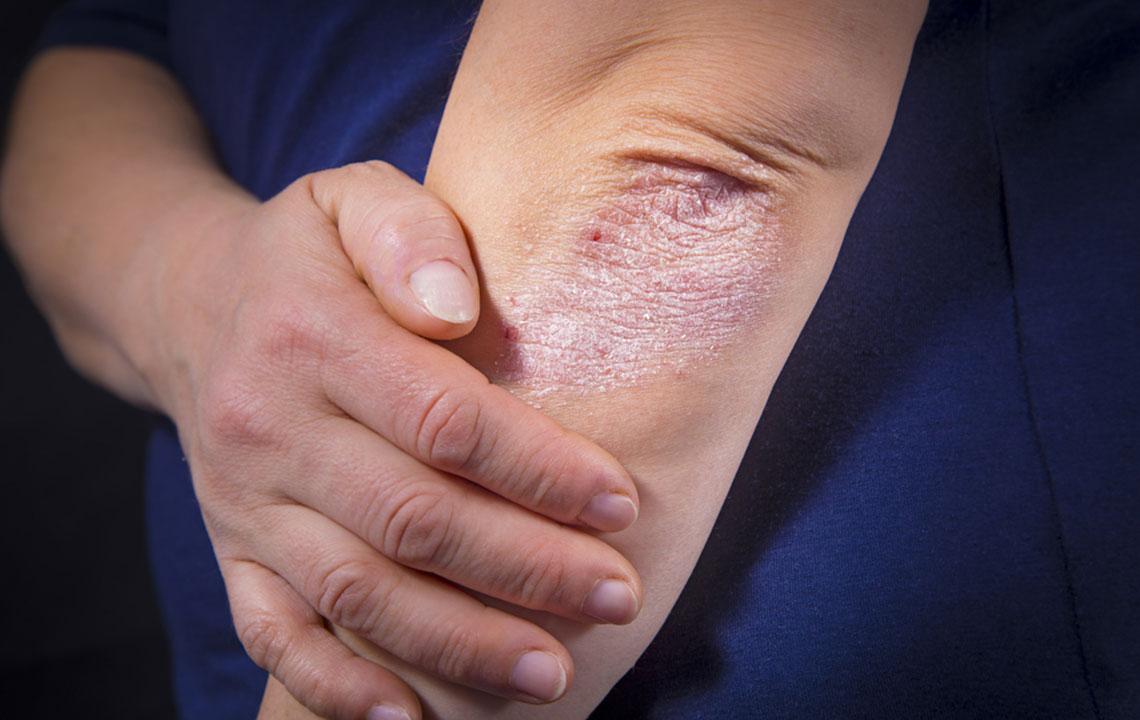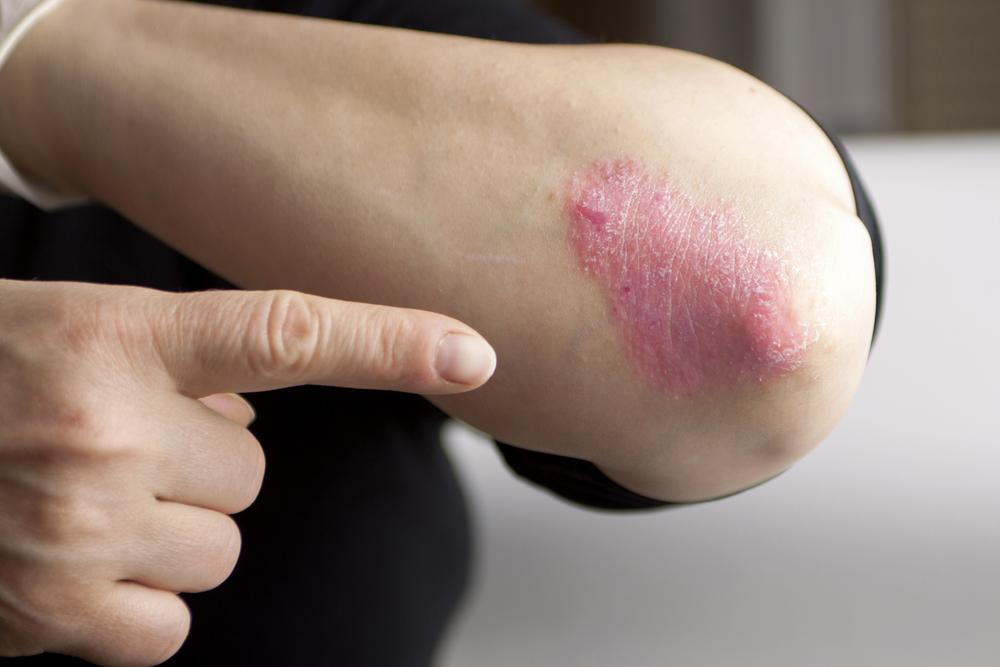Comprehensive Guide to Psoriasis: Symptoms, Types, and Management Strategies
Psoriasis is a complex autoimmune skin condition affecting various parts of the body, characterized by thick patches, scales, and possible joint involvement. This comprehensive guide details its symptoms, different types, and management options, emphasizing the importance of professional diagnosis and treatment. Understanding psoriasis helps patients recognize triggers, differentiate it from similar diseases, and explore effective therapies to improve quality of life.

Understanding the Symptoms and Varieties of Psoriasis
Psoriasis is a chronic, immune-mediated skin condition that affects millions worldwide. It is characterized by the rapid buildup of skin cells, resulting in thickened, erythematous, and often scaly patches on the skin's surface. Unlike typical skin renewal that takes about a month, psoriasis accelerates this process to just a few days, leading to abnormal skin cell proliferation. These patches can appear anywhere on the body but are most frequently observed on areas such as the elbows, knees, scalp, lower back, and sometimes the nails and joints.
Although psoriasis impacts individuals across all genders and age groups, it is most commonly diagnosed during early adulthood, often between the ages of 15 and 35. Genetic factors, immune system irregularities, environmental triggers, and lifestyle choices contribute to its development. People with psoriasis are also believed to face an increased risk of other health conditions, including metabolic syndrome, cardiovascular disease, type 2 diabetes, and dyslipidemia, making early diagnosis and management crucial.
Distinguishing Psoriasis from Similar Skin Conditions
It is important to differentiate psoriasis from eczema, another common skin disorder. Eczema typically presents with red, inflamed, cracked, or blistered skin, often accompanied by oozing and crusting. In contrast, psoriasis manifests as well-demarcated, thick, and scaly patches with a silvery or white appearance, accompanied by intense itching and possibly soreness. While both conditions involve skin inflammation, their underlying causes and treatment approaches differ, making accurate diagnosis essential for effective management.
Categories and Variants of Psoriasis
Plaque Psoriasis (Vulgaris)
Often considered the most prevalent form, plaque psoriasis, presents as raised, red patches covered with silvery-white scales. These plaques commonly develop on the elbows, knees, scalp, and lower back. They may be itchy, cracked, and sometimes bleed, significantly impacting quality of life. The severity can range from minor patches to extensive coverage affecting large areas of the skin.
Guttate Psoriasis
This type appears as small, drop-sized lesions, usually on the trunk, arms, or legs. It is frequently triggered by infections, especially streptococcal throat infections like tonsillitis. Guttate psoriasis is more common in children and young adults, often appearing suddenly after an illness. Stress, skin injuries, and certain medications can also precipitate this form.
Inverse Psoriasis (Flexural Psoriasis)
Characterized by smooth, shiny, and inflamed patches that develop in skin folds such as underarms, groin, under breasts, or around the genitals and navel. Unlike other forms, inverse psoriasis lacks the scaling typical of plaque psoriasis, but it can be intensely itchy and prone to irritation from friction and sweating.
Pustular Psoriasis
This severe form features white or yellow pustules (blisters filled with non-infectious pus) on red, inflamed skin. It often affects the hands and feet but can involve larger areas. Pustular psoriasis may be accompanied by systemic symptoms such as fever and chills, and requires immediate medical attention.
Palmoplantar Psoriasis
Involves thick, scaly patches and pustules on the palms of the hands and soles of the feet. This form can cause significant pain and disability, impairing manual dexterity and mobility.
Erythrodermic Psoriasis
The most severe and potentially life-threatening form, erythrodermic psoriasis, results in widespread redness, scaling, and shedding of the skin across large areas of the body. It can cause dehydration, fever, rapid heart rate, and systemic illness. Immediate hospitalization and intensive treatment are often necessary to prevent complications.
Nail and Scalp Psoriasis
Nail psoriasis leads to pitting, thickening, and discoloration, often mistaken for fungal infections. Scalp psoriasis manifests as itching, flaking, and dandruff-like crusts, which may lead to temporary hair loss. Managing these forms may involve topical therapies, phototherapy, or systemic medications.
Psoriatic Arthritis
This joint-related manifestation occurs in about 30% of psoriasis patients. It involves inflammation, swelling, and pain in the joints, primarily affecting adults aged between 30 and 50. Early diagnosis is crucial to prevent joint damage and maintain mobility.
To attain accurate diagnosis and personalized treatment, consulting a dermatologist is highly recommended. They can evaluate the specific psoriasis type, severity, and patient health to develop an effective management plan, which may include topical agents, phototherapy, systemic medications, and lifestyle modifications.





